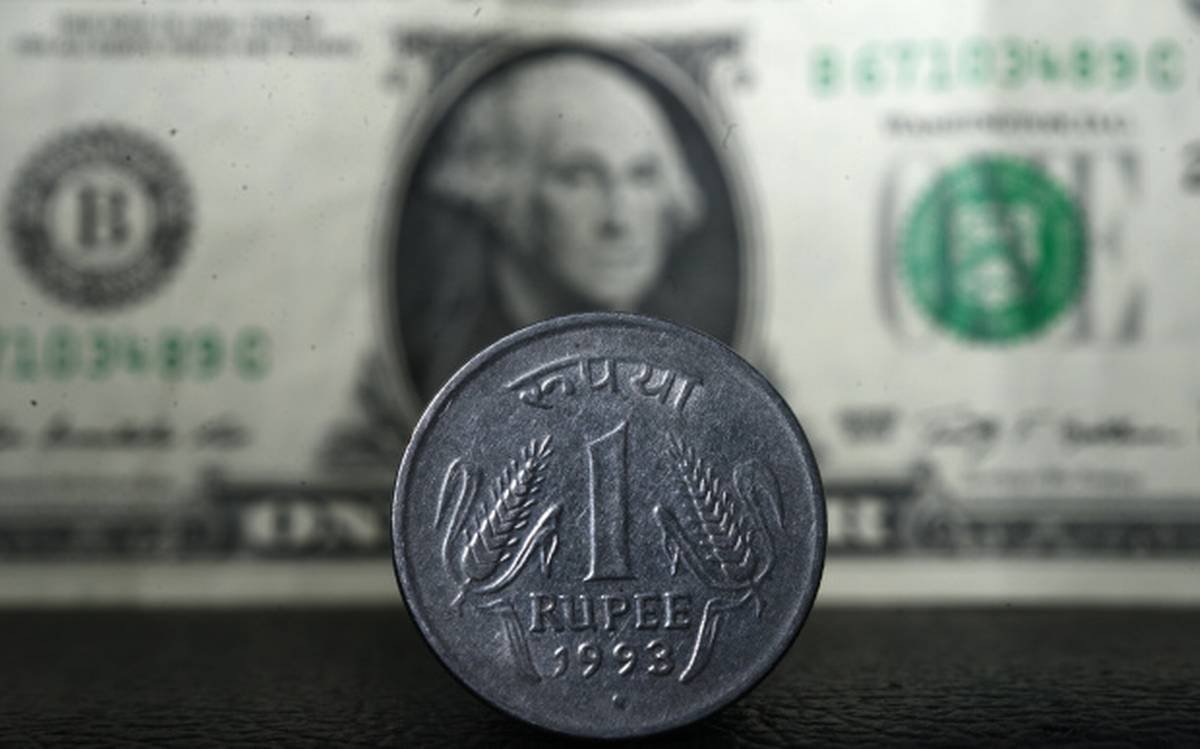October 24, 2024
New Delhi, India
USDINR Analysis
On Thursday, the Indian Rupee (INR) steadied against the US Dollar (USD), with the USD/INR pair trading within the narrow range of 84.00-84.10. The Reserve Bank of India’s (RBI) market interventions played a crucial role in limiting downside risks for the INR, even as the country faced continued outflows from its equity markets.
PMI Highlights
India’s HSBC Composite Purchasing Managers Index (PMI) rose to 58.6 in October, up from 58.3 the previous month. This increase signals ongoing robust growth in India’s private sector, driven by expansions in both the manufacturing and services sectors.
- The Manufacturing PMI saw an increase to 57.4 in October, up from 56.5 in September.
- The Services PMI also improved, reaching 57.9 in October, rebounding from a one-year low of 57.7 in September. This marks the 39th consecutive month of expansion in services activity, reflecting resilience in the sector.
Foreign Institutional Investors (FIIs)
The Indian Rupee faced downward pressure as Foreign Institutional Investors (FIIs) continued to be net sellers of Indian stocks for the 18th consecutive session on Wednesday. This trend is attributed to a shift in investments toward China, spurred by stimulus measures and more attractive valuations. The Nifty 50 index has fallen by 1.7% over the past three sessions and is down about 6% from last week’s record highs, largely impacted by disappointing earnings results from various companies.
Political Developments
In a significant diplomatic development, Indian Prime Minister Narendra Modi and Chinese President Xi Jinping held their first formal talks in five years on the sidelines of the BRICS summit in Russia. During their meeting on Wednesday, both leaders agreed to enhance communication and cooperation between India and China. This effort aims to address ongoing conflicts and improve relations that have been strained since a deadly military clash in 2020, according to reports from Reuters.
RBI’s Stance on Global Risks
In a speech at the New York Fed Central Banking Seminar, RBI Deputy Governor Michael Patra emphasized the importance of strengthening macroeconomic fundamentals to defend against global risks. He noted that India’s central bank has been strategically increasing its foreign exchange reserves, which now approximate or equal 12 months’ worth of imports. This move is part of a broader strategy to build economic resilience.
U.S. Economic Outlook
Federal Reserve Bank of San Francisco President Mary Daly remarked on the improved state of the U.S. economy, noting significant declines in inflation and a more sustainable labor market. In contrast, Federal Reserve Bank of Minneapolis President Neel Kashkari warned that the Fed is closely monitoring the U.S. labor market for any signs of rapid destabilization. He advised investors to anticipate a gradual pace of interest rate cuts over the coming quarters, indicating that any easing in monetary policy will likely be measured rather than aggressive.
The U.S. Dollar experienced downward pressure following the release of the Fed’s Beige Book on Wednesday, which indicated that economic activity was “little changed in nearly all Districts.” This contrasts with August’s report, where three Districts reported growth while nine showed flat activity. According to the CME FedWatch Tool, there is an 88.9% probability of a 25-basis-point rate cut, with no expectations of a larger 50-basis-point cut.
Overall, the Indian Rupee is trading within a tight range as it faces pressures from external factors and capital outflows. However, positive economic indicators, such as rising PMIs and proactive measures from the RBI, provide a counterbalance to the challenges ahead. The ongoing dialogue between Indian and Chinese leaders may also contribute to stabilizing regional tensions, creating a more favorable environment for economic growth.
At the time of writing this article USDINR was trading flat at 84.07 by 1:12 PM IST.
Latest Q2 Results
Disclaimer:
CurrencyVeda provides this news article for informational purposes only. We do not offer investment advice or recommendations. Before making any investment decisions, please conduct thorough research, consult with financial experts, and carefully consider your financial situation, risk tolerance, and investment goals. Investing in the stock market carries risks, and it’s essential to make informed choices based on your individual circumstances. CurrencyVeda is not liable for any actions taken based on the information provided in this article.


